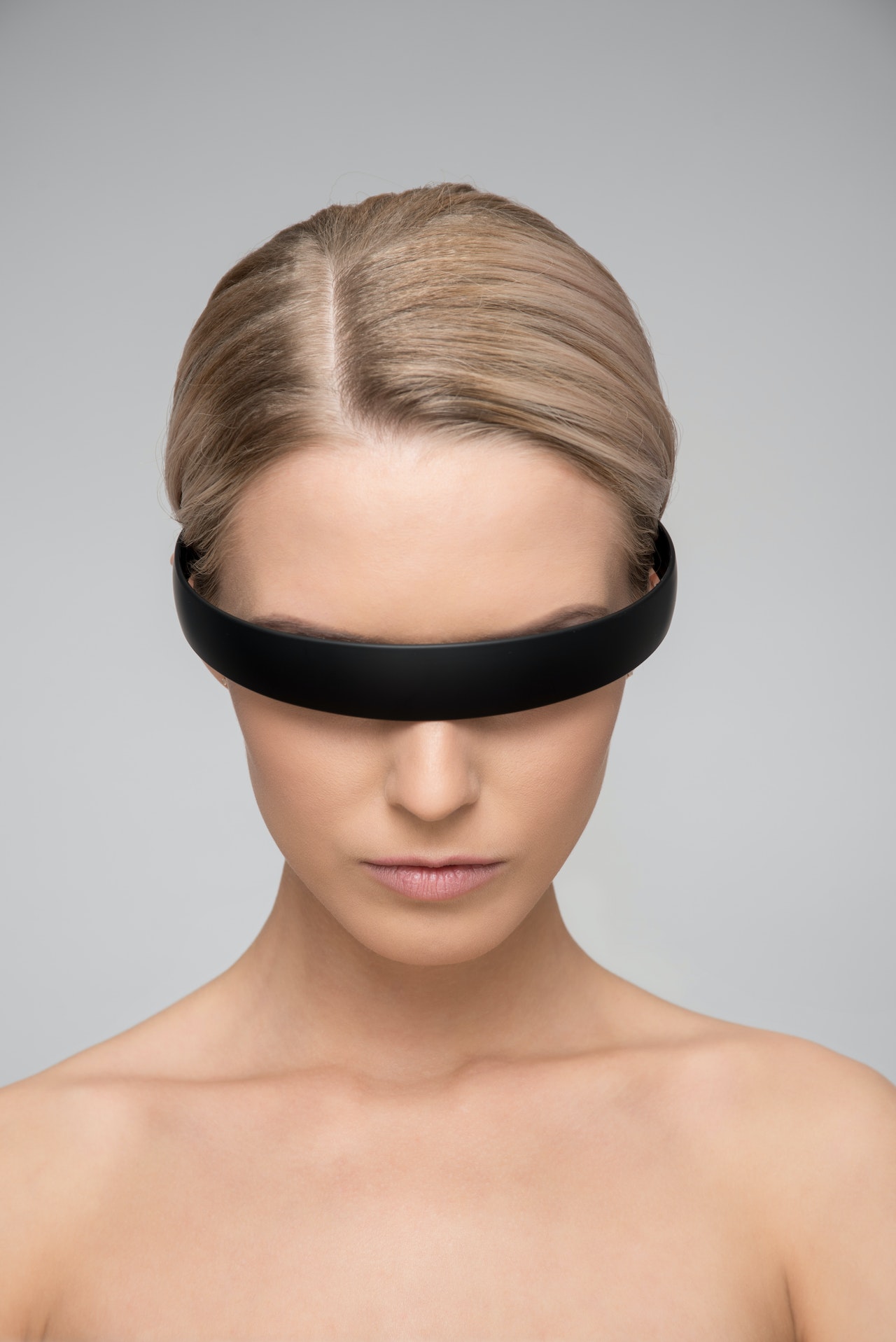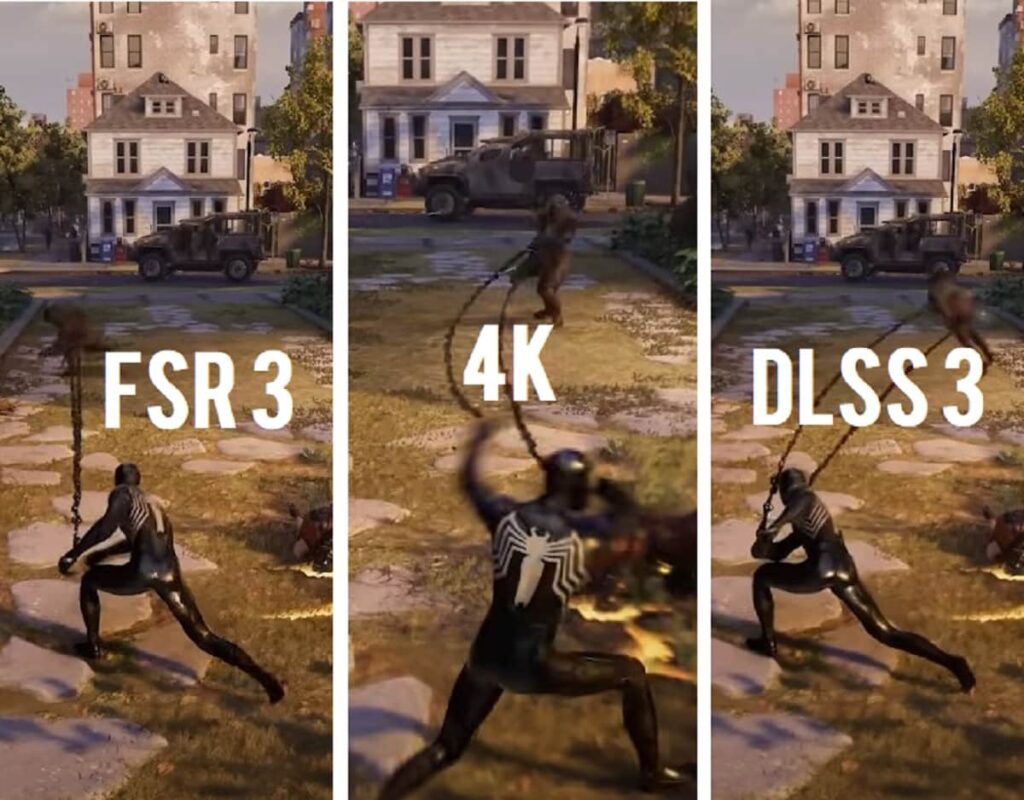Virtual Reality (VR) and Augmented Reality (AR) are becoming integral parts of our digital lives, offering new ways to interact with the world around us. With major tech companies pushing the boundaries of these technologies, it’s an exciting time to explore what’s new and what’s coming. Let’s dive into the latest advancements in VR and AR headsets and what to expect from leading tech giants.

Apple Vision Pro: Everything You Need to Know
Apple has made a big splash with its Vision Pro headset. Here’s why it’s making waves:
- Cutting-Edge Technology: The Vision Pro is designed to offer a mixed reality experience, blending both VR and AR. It features high-resolution displays and advanced spatial audio to make virtual environments feel incredibly lifelike.
- Seamless Integration: Apple’s ecosystem integration allows the Vision Pro to work effortlessly with other Apple devices. This means you can easily access your apps and content in a new, immersive way.
- Innovative Features: It includes eye-tracking and hand gesture controls, providing a more intuitive and natural way to interact with virtual environments.
Why It’s Exciting: Apple’s Vision Pro represents a significant step forward in AR and VR technology, offering a premium experience that integrates smoothly with Apple’s existing ecosystem.
Meta’s Quest Lineup: A Complete Overview
Meta (formerly Facebook) has been a major player in the VR space with its Quest series. Here’s what you need to know:
- Quest 2: Known for its affordability and ease of use, the Quest 2 has become a popular choice for VR enthusiasts. It offers a good balance of performance and price, with a standalone design that doesn’t require a PC.
- Quest Pro: A step up from the Quest 2, the Quest Pro features enhanced optics, improved ergonomics, and mixed reality capabilities. It’s aimed at both gamers and professionals looking for advanced VR experiences.
Why It’s Important: Meta’s Quest lineup continues to make VR more accessible and versatile, catering to both casual users and serious enthusiasts with different needs.
Samsung’s Entry into VR and AR: What to Expect
Samsung has made strides in VR and AR, though they’re still catching up with some competitors:
- Gear VR: Samsung’s previous Gear VR headset was a popular option for smartphone-based VR. It provided a solid experience with good compatibility with Samsung smartphones.
- AR Glasses: Samsung is reportedly working on new AR glasses that promise to offer a more integrated and immersive experience. These glasses are expected to leverage Samsung’s advancements in display and processing technology.
What’s Next: Samsung’s upcoming AR glasses could push the boundaries of wearable technology, combining their expertise in display tech with innovative AR features.
Sony’s PS VR2: A Comprehensive Review
Sony’s PS VR2 headset has generated considerable buzz among gamers:
- Enhanced Graphics: The PS VR2 features improved resolution and field of view compared to its predecessor, offering a more immersive gaming experience.
- New Controllers: It comes with updated controllers that include haptic feedback and adaptive triggers, enhancing the tactile experience in VR games.
- Exclusive Titles: The PS VR2 supports a range of exclusive games that are optimized for its hardware, providing unique gaming experiences not available on other platforms.
Why It Stands Out: The PS VR2 combines Sony’s gaming expertise with advanced VR technology to offer a compelling experience for PlayStation gamers.
The Best Upcoming VR Headsets of 2025
Looking ahead, several new VR headsets are set to make waves:
- Next-Gen Hardware: Upcoming VR headsets are expected to feature even higher resolutions, better field of view, and improved comfort.
- Advanced Features: Look for innovations such as better eye-tracking, more precise hand tracking, and integration with emerging technologies like 5G.
Why It Matters: These advancements will push the boundaries of what’s possible in VR, offering more immersive and interactive experiences.
The Role of Qualcomm in VR and AR Development
Qualcomm is a key player in the VR and AR space due to its powerful chipsets:
- Snapdragon Processors: Qualcomm’s Snapdragon processors are used in many standalone VR and AR headsets, providing the processing power needed for high-quality experiences.
- AR Development: Qualcomm is also working on AR-specific technologies, including advanced sensors and connectivity solutions to enhance AR experiences.
Why It’s Significant: Qualcomm’s contributions help drive the performance and capabilities of VR and AR devices, making them more powerful and efficient.
Microsoft’s HoloLens: Features and Future Potential
Microsoft’s HoloLens has been a pioneer in AR:
- Mixed Reality: The HoloLens offers a mixed reality experience, blending digital content with the real world. It’s used in various fields, including healthcare, education, and industry.
- Enterprise Focus: The HoloLens is geared towards enterprise applications, providing tools for collaboration, training, and productivity in a mixed reality environment.
Future Potential: The HoloLens is likely to continue evolving with enhanced features and applications, cementing its role as a leading AR solution for businesses.
New Startups in the VR and AR Space to Watch
Several startups are making waves in the VR and AR space:
- Varjo: Known for its high-resolution VR headsets, Varjo is pushing the boundaries of visual fidelity in VR.
- Nreal: Nreal is developing AR glasses that aim to offer a more practical and stylish alternative to existing AR devices.
- Pico: Pico is focusing on standalone VR headsets with competitive features, aiming to capture a share of the consumer VR market.
Why They Matter: These startups bring fresh ideas and innovations to the table, driving progress and offering new solutions in VR and AR.
How HTC is Innovating in the VR Market
HTC continues to be a significant player in the VR market:
- Vive Series: HTC’s Vive series includes several high-end VR headsets known for their immersive experiences and high-quality tracking.
- Vive XR Elite: The Vive XR Elite is a recent addition, offering a compact and versatile headset with advanced features for both VR and AR.
Why It’s Important: HTC’s innovations help shape the future of VR, providing advanced hardware and features for a range of applications.
Valve’s VR Technology: Current Status and Future Plans
Valve has made a significant impact on VR with its technology:
- Valve Index: The Valve Index is praised for its high-quality visuals, precise tracking, and comfortable design. It’s a favorite among VR enthusiasts for its premium experience.
- Future Plans: Valve is expected to continue developing VR technology, potentially introducing new hardware and features to enhance the VR experience.
Why It’s Exciting: Valve’s focus on high-end VR technology and its commitment to innovation ensure that it will remain a key player in the VR space.
Conclusion
The VR and AR landscape is evolving rapidly, with major tech companies and innovative startups pushing the boundaries of what’s possible. From Apple’s Vision Pro and Meta’s Quest lineup to Samsung’s AR glasses and Sony’s PS VR2, there’s no shortage of exciting developments. As technology continues to advance, we can look forward to even more immersive and interactive experiences in the world of VR and AR. Stay tuned for the latest updates and get ready to explore the future of digital experiences!



